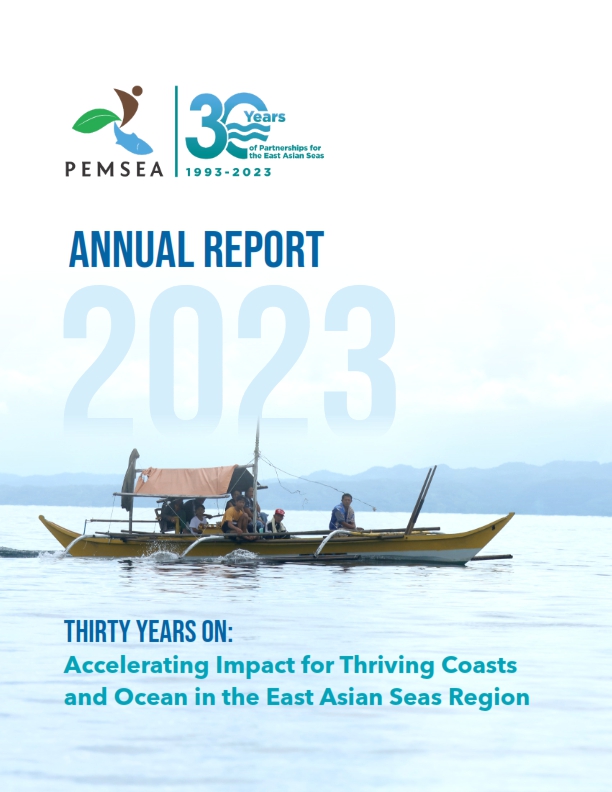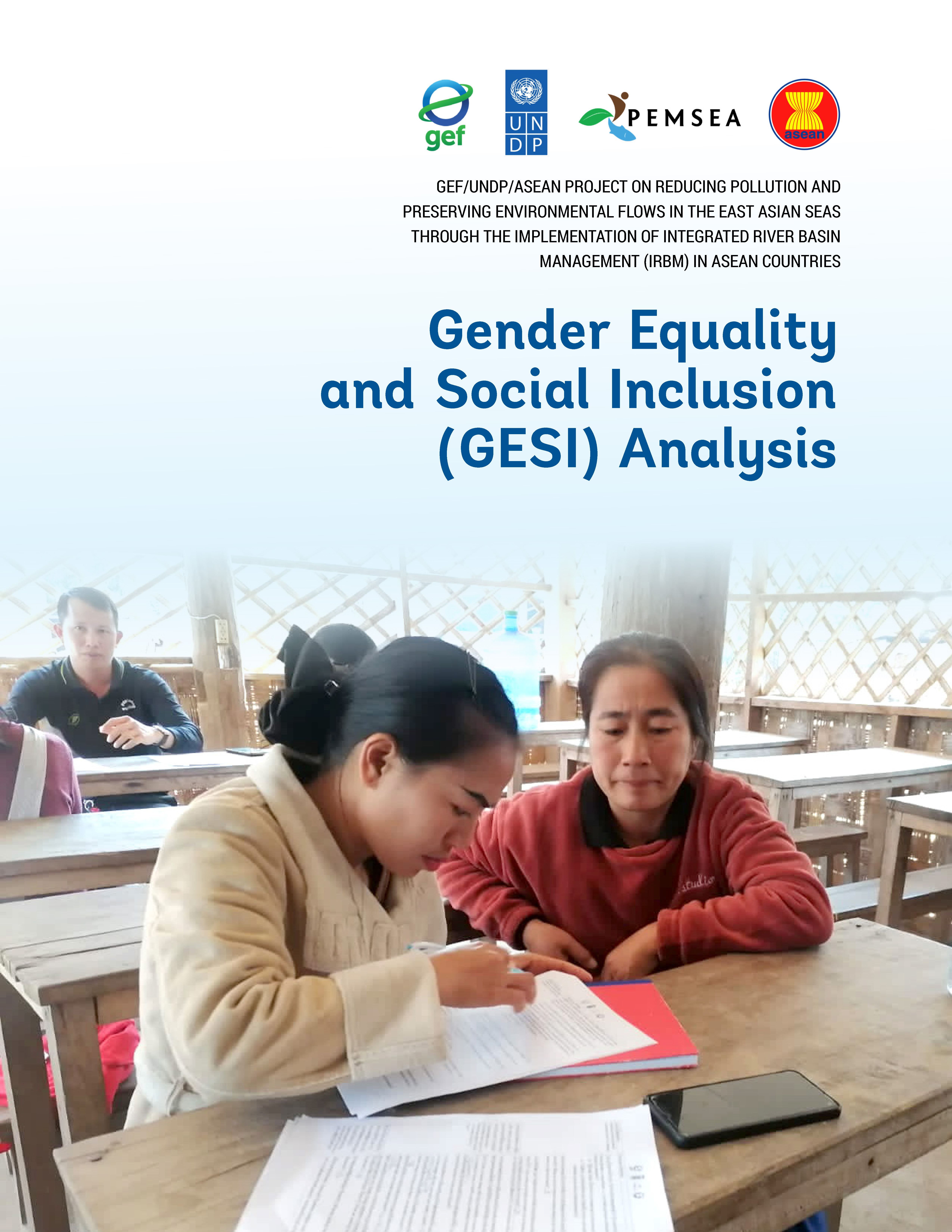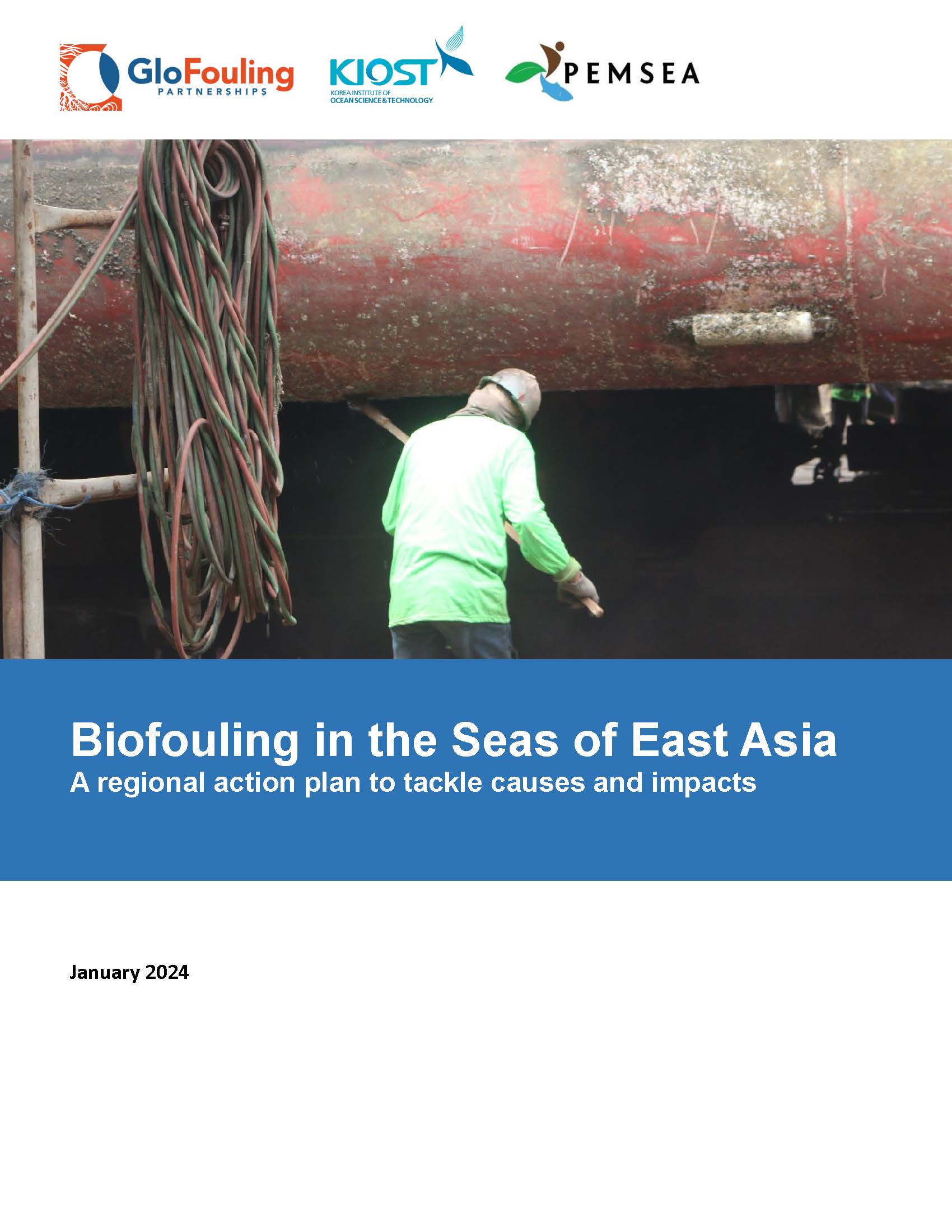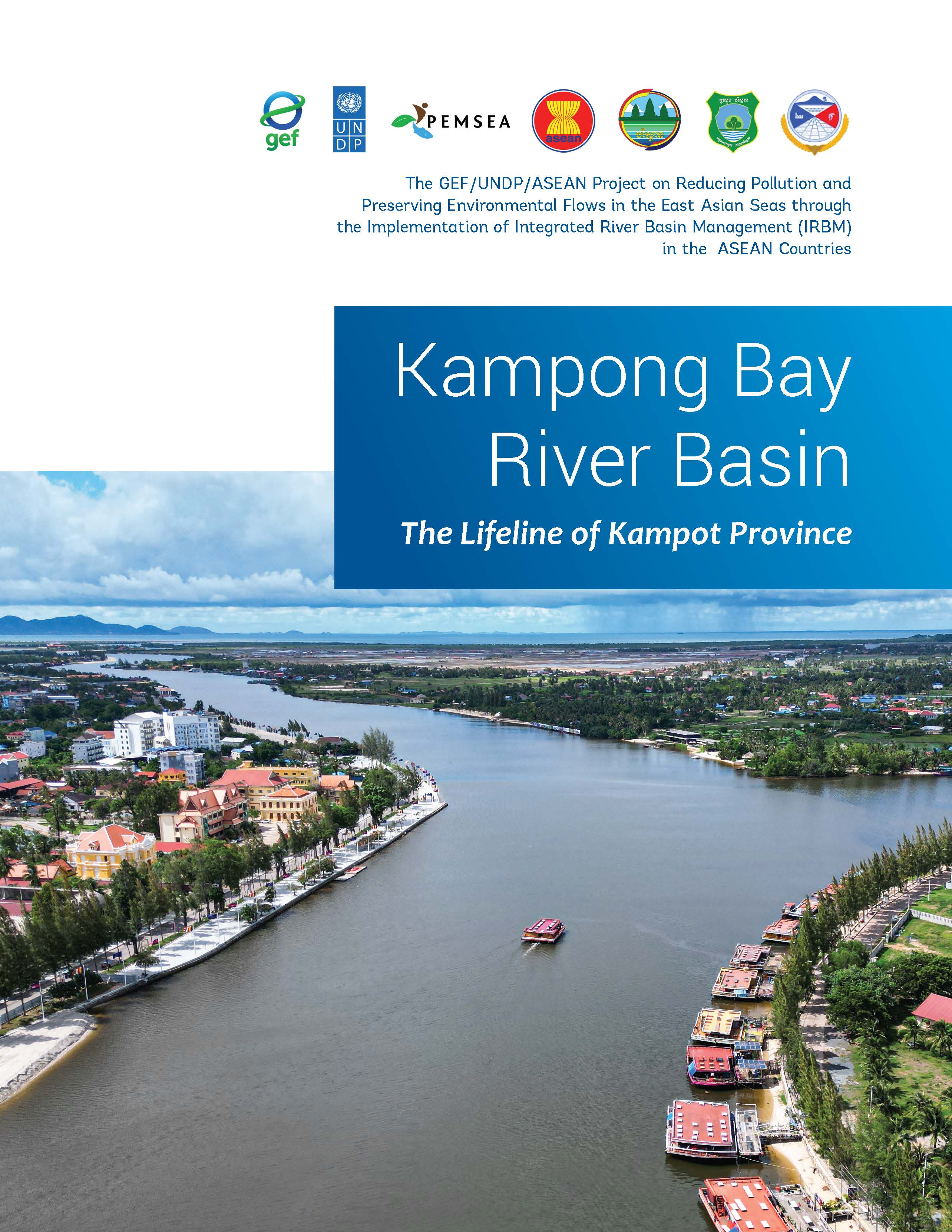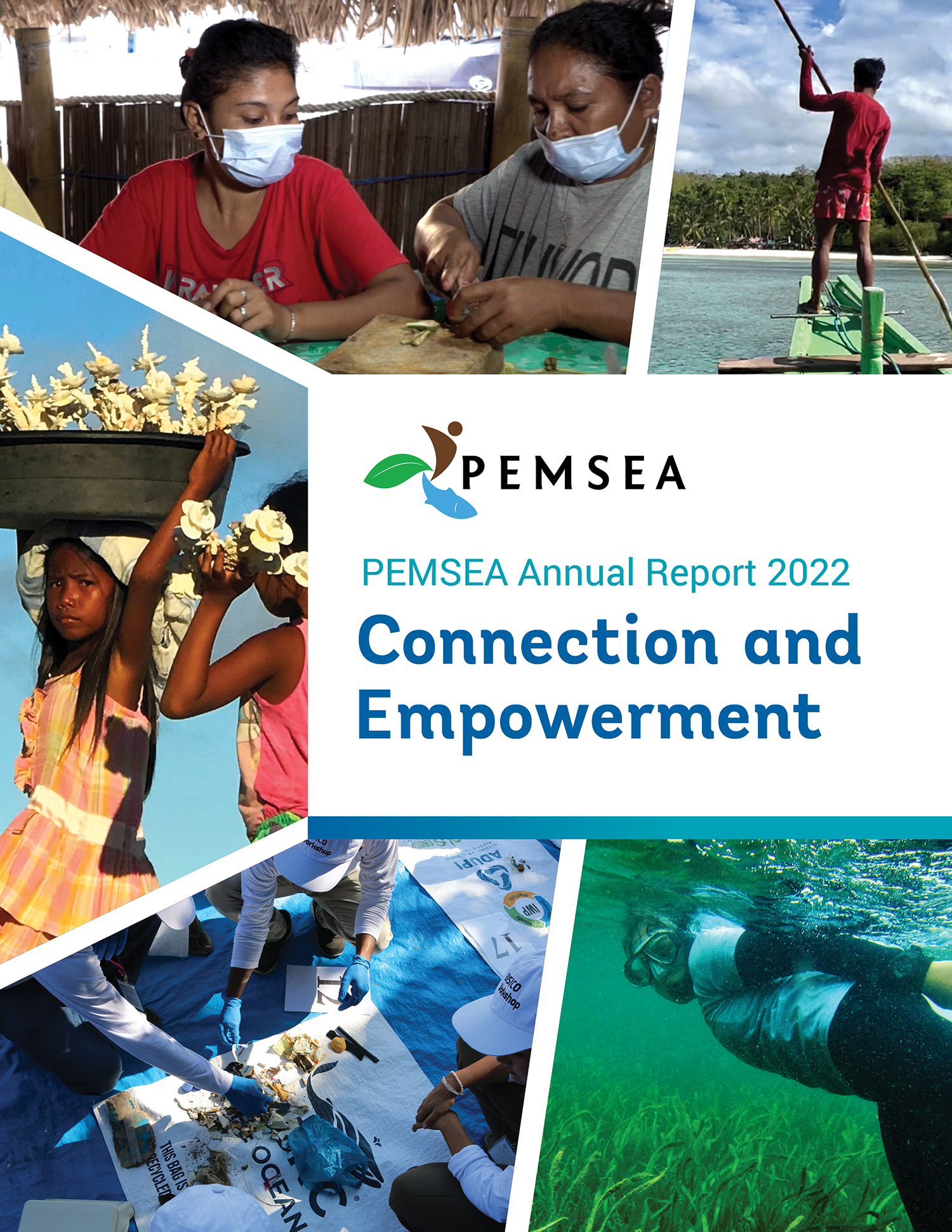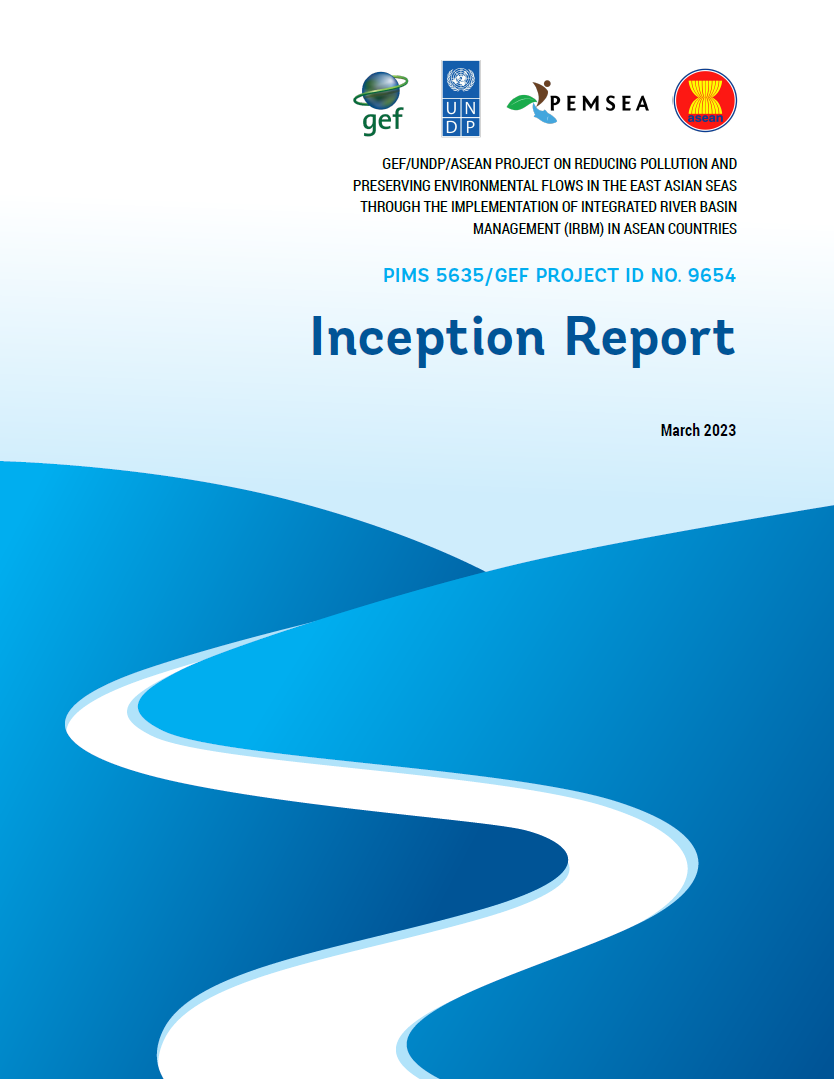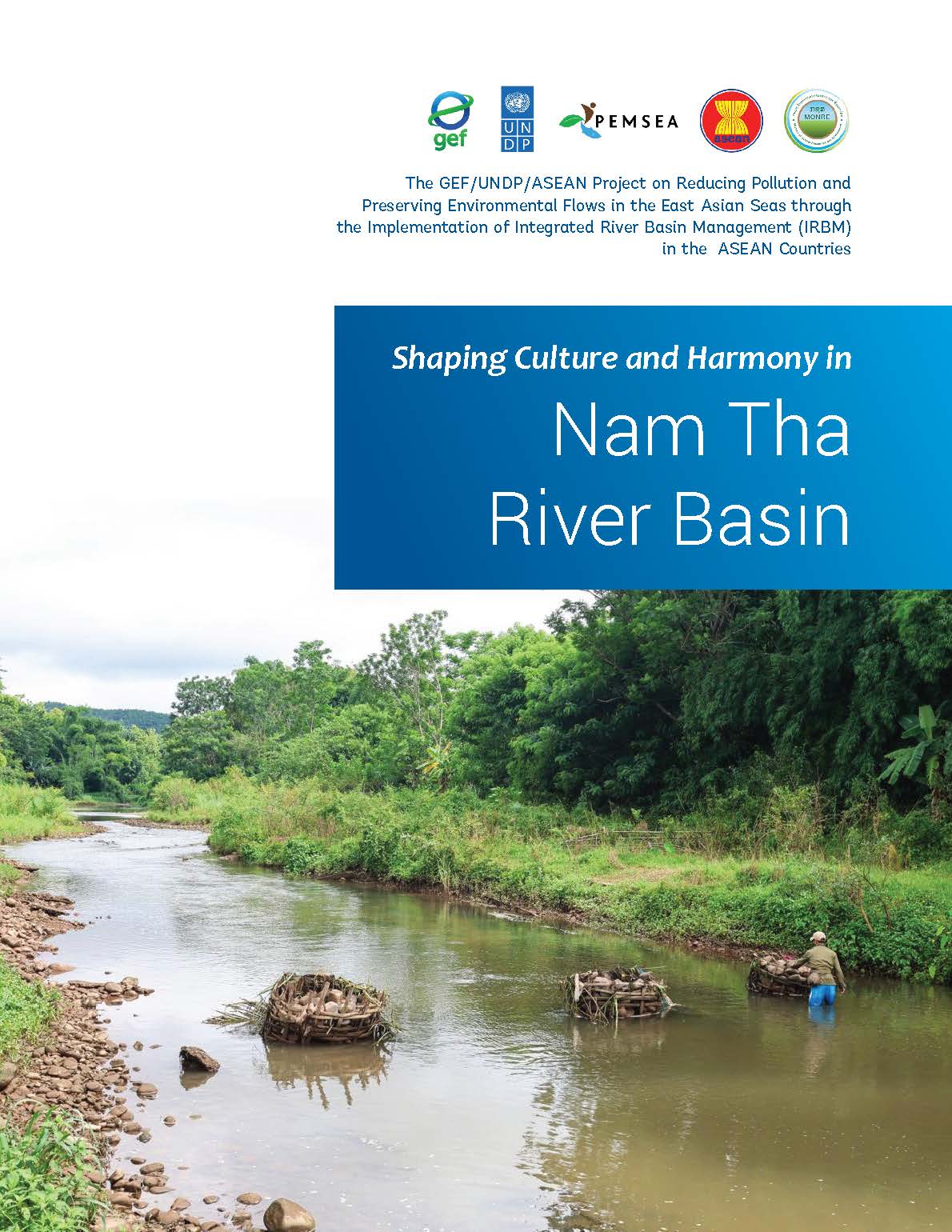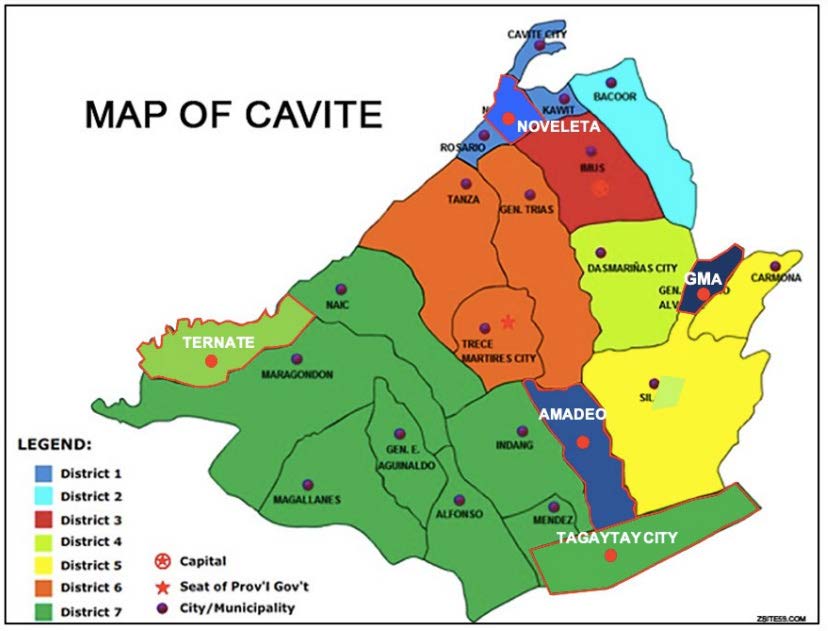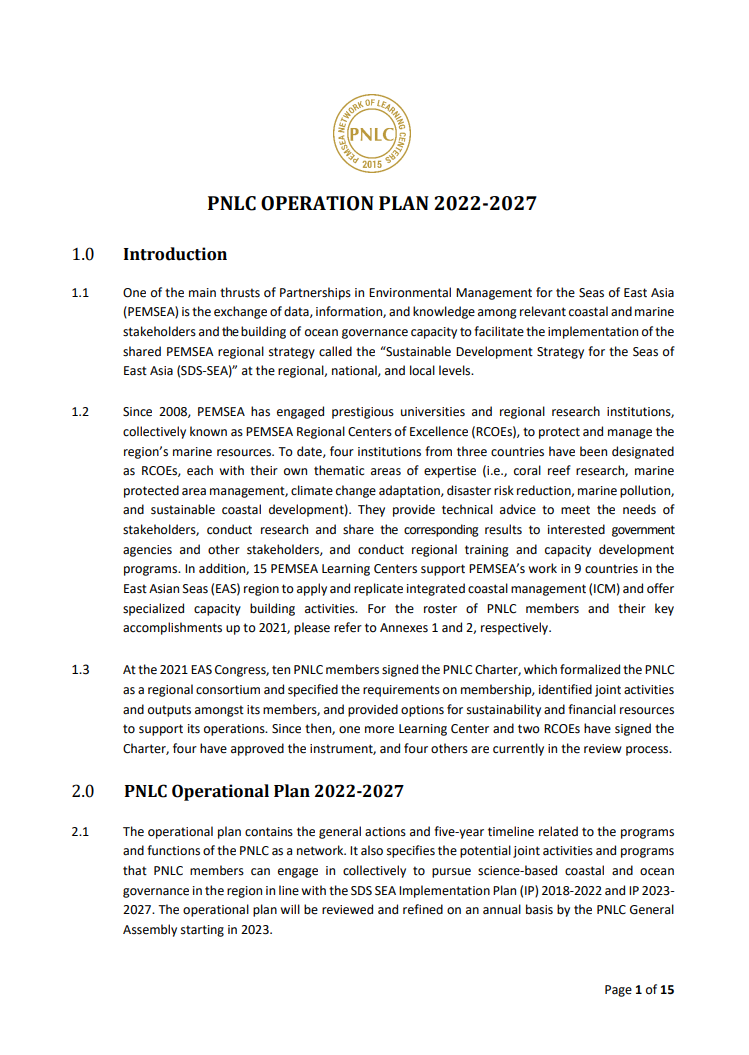
Breadcrumb
PEMSEA Annual Report 2023: Thirty Years On: Accelerating Impact for Thriving Coasts and Ocean in the East Asian Seas Region
Thirty years of inclusive sustainable development work in the coastal and marine areas of the East Asian Seas region have brought significant benefits and lasting impacts to PEMSEA partners and communities. The Annual Report 2023 brings you the stories and milestones of the Partnerships, commemorating the thirty years of Partnerships, and looks ahead to a new decade of inclusive and sustainable ocean governance in the East Asian Seas region.
IRBM: GESI Analysis Report
Envisioned to guide in mainstreaming gender equality and social inclusion (GESI) in IRBM Project implementation, the report provides information and perspectives on the GESI context (or gender and social similarities and differences) in the participating river basins in the ASEAN region, including the gendered impact of development challenges such as water scarcity and pollution, waste management, disasters, climate change, etc. as experienced by women, men and vulnerable populations living in and around the project sites. The report also suggests ways forward to enhance and mainstream GESI into work plans and budgets at the river basin level, a process that will be supported by the project.
Biofouling Management in the Seas of East Asia Regional Action Plan
The challenges posed by biofouling require responses at local, national, and regional levels. The link to international shipping is crucially important, especially so in East Asia, which is already the global hotspot for shipping despite continuing advances in its economies. During the regional meeting of the GloFouling Partnerships Project in September 2023, the Regional Action Plan on Biofouling Management was approved as a response to the need.
IRBM Stories - Kampong Bay River Basin: The Lifeline of Kampot Province
Kampong Bay River Basin is one of the largest coastal river systems that supports over 184,000 people in the southern region of Cambodia. Today, rapid coastal and riverbank developments and the increasing water usage endanger the critical source of water in Kampot Province.
The Government of the Kingdom of Cambodia, through the Ministry of Environment, is working together with PEMSEA, UNDP in Asia and the Pacific, Global Environment Facility, and ASEAN to arrest the rapid decline of water quality in Kampong Bay.
PEMSEA Annual Report 2022: Connection and Empowerment
Building on science-based actions, engaging local communities, and working closely with partners, PEMSEA aims to continue to drive integrated and coordinated actions to build H.O.P.E. (Healthy Ocean, People, and Economies) in the EAS region.
The year 2022 focused mostly on the further consolidation of the accomplishments during the last year of implementation of PEMSEA’s joint regional strategy, the Sustainable Development Strategy for the Seas of East Asia Implementation Plan (SDS-SEA IP) 2018-2022, and moving forward after the year’s gradual recovery from the global pandemic. For PEMSEA, laying the groundwork for the future meant identifying clear directions in consideration of past achievements and lessons learned, and addressing priorities in the coming years.
Through this report, we are pleased to share how PEMSEA, as a partnership, worked on key opportunities in the region to highlight and address these interconnected crises in 2022.
IRBM: Inception Report
The GEF/UNDP/ASEAN Project on Reducing Pollution and Preserving Environmental Flows in the East Asian Seas through the Implementation of Integrated River Basin Management (IRBM) in the ASEAN Countries is a 5-year project (2023-2027) with the goal of establishing functional IRBM mechanisms in priority river basins/sub-basins in the six ASEAN Member States (AMS), i.e., Cambodia, Indonesia, Lao PDR, Malaysia, Philippines and Viet Nam, for reducing pollution and sustaining freshwater environmental flows as well as adapting to climate change vulnerabilities.
The Project is designed to improve governance and management arrangements in IRBM and accelerate the required changes in the six AMS in support of national priorities, objectives and commitments to global sustainable development targets using the source to sea (S2S) framework. The Project is organized into 4 components with 5 major outcomes and 20 key outputs to achieve the project goal and objective.
This Inception Report outlines the operational strategy and approaches of the Project and how it will be implemented in 2023-2027, particularly focusing on the initiation of project activities in 2023 at the regional level and in the priority river basins of the six participating AMS. The report also presents the key results and recommendations from the Regional Inception Workshop, including the proposed next steps, for review and approval of the RSC.
IRBM Stories - Nam Tha River Basin: Shaping Culture and Harmony
Like in any other countries, water is essential to the life and culture of every Laotian. It drives the economy– from household and grassroots communities to national development.
Let us take you to the Nam Tha river basin in Lao People’s Democratic Republic, and immerse in the story of how the river shapes the way of life of communities and its people.
Recalibration and revitalization: Sorting out Cavite’s trash
The Ecological Solid Waste Management (ESWM) in Cavite Province (Plastic Wastes Recycling Project) was funded with a grant from the Coca-Cola Foundation Philippines Inc., and implemented by the Partnerships in Environmental Management for the Seas of East Asia (PEMSEA) in partnership with the Caritas Diocese of Imus Foundation, Inc and in close coordination with Cavite’s Provincial Government Environment and Natural Resources Office (PGENRO).
2022-2027 Operational Plan of the PEMSEA Network of Learning Centers (PNLC)
Approved by the PNLC members in November 2022, the operational plan identifies the strategic areas of interest in terms of education, training, research, and project-related pursuits of the PNLC. This is accompanied by a financial sustainability paper that identifies the initial funding requirements, resource mobilization initiatives, and cost-effective measures for supporting the operations of the network.
